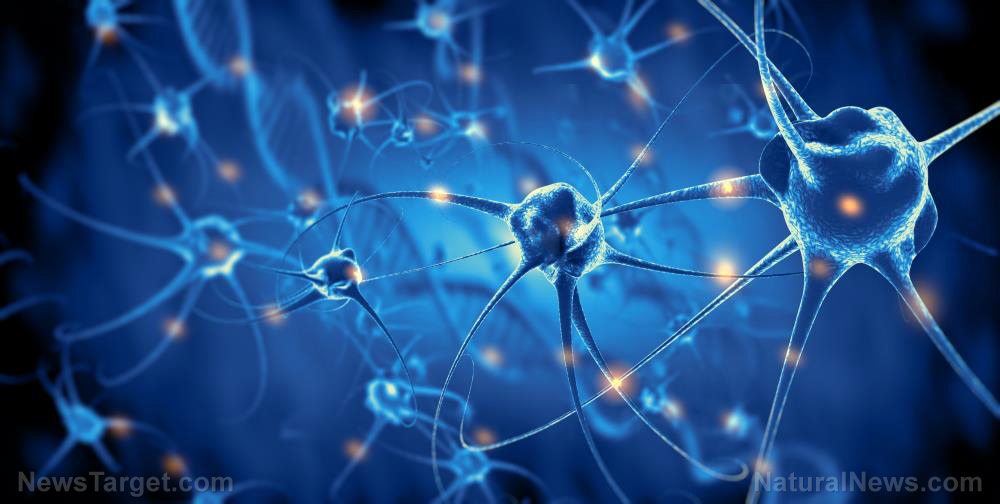
The golden hamster comes from the arid regions of northern Syria, hence its other name "Syrian hamster." A favored pet among children, the rodent is known to go into brief periods of dormancy when the surroundings get too cold and dark.
A typical hibernation period lasts from three to four days. During this time, the hamster briefly wakes up and becomes active for a short while before returning to its deep slumber.
Researchers from Universidad CEU San Pablo (CEU San Pablo) grew interested in the effects of the hibernation pattern on the brain of the golden hamster. The animal displayed the ability to get rid of brain structures made from tau protein that cropped up during its deep sleep. (Related: Yerba santa, a medicinal herb native to California, reduces swelling in the brain and could successfully treat Alzheimer’s.)
The brains of hibernating hamsters can get rid of tau tangles linked with Alzheimer's disease
During hibernation, the neurons of small animals become vulnerable to low temperatures. In response, the brain alters its metabolism and physical structures to improve the chances of its cells surviving the cold.
One of the essential parts of these alterations is the phosphorylation of tau, where the protein gets a phosphoryl group made from oxygen and phosphorus. The phosphorylation process appears to have a connection with Alzheimer's disease.
Earlier studies of the brains of hibernating animals showed that phosphorylated tau could entangle themselves. The resulting shapes resemble the ones found in Alzheimer's patients.
However, once the animal wakes up from its deep slumber, the tau phosphorylation is wholly and quickly reversed. The tau tangles disappear from its brain, restoring normal function.
The CEU San Pablo sought to figure out the biological mechanism by which the brains of Syrian hamsters can eliminate the tau tangles produced during hibernation. Such knowledge could lead to the development of effective treatments for Alzheimer's disease.
Long-chain ceramides protect the brains of hamsters from toxic effects of tau tangles
In their experiment, the Spanish researchers observed the alterations in the metabolism of the brain of Syrian hamsters before, during, and after hibernation. They identified close to 340 compounds that went through changes during dormancy.
These chemicals included amino acids, cryoprotectants that protected the brain from cold temperatures, and endocannabinoids. But the most promising metabolite turned out to be a group of lipids called long-chain ceramides, which could help protect the brain from cellular damage caused by oxidative stress.
The CEU San Pablo researchers found that the brains of hibernating animals exhibited much higher levels of these beneficial lipids when compared to the brains of hamsters that had just woken up from hibernation. Furthermore, they identified phosphatidic acid as the metabolite that showed the most significant changes in concentration levels.
Phosphatidic acid triggers the production of an enzyme that adds the phosphoryl group to tau, turning the protein into its phosphorylated form that can then create tau tangles. Levels of this particular metabolite rose to five times the norm during the hibernation periods of the hamster.
The researchers concluded that Syrian hamsters could serve as a useful research model for neuroprotective substances that can potentially protect brain cells from tau tangles and treat Alzheimer's disease. They published their findings in the Journal of Proteome Research.
Sources include:
Please contact us for more information.























